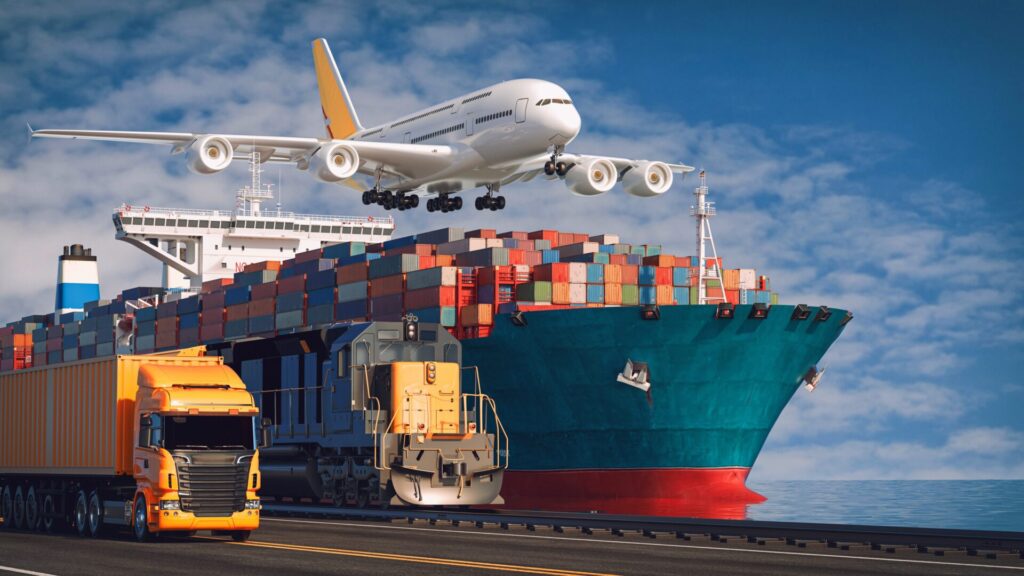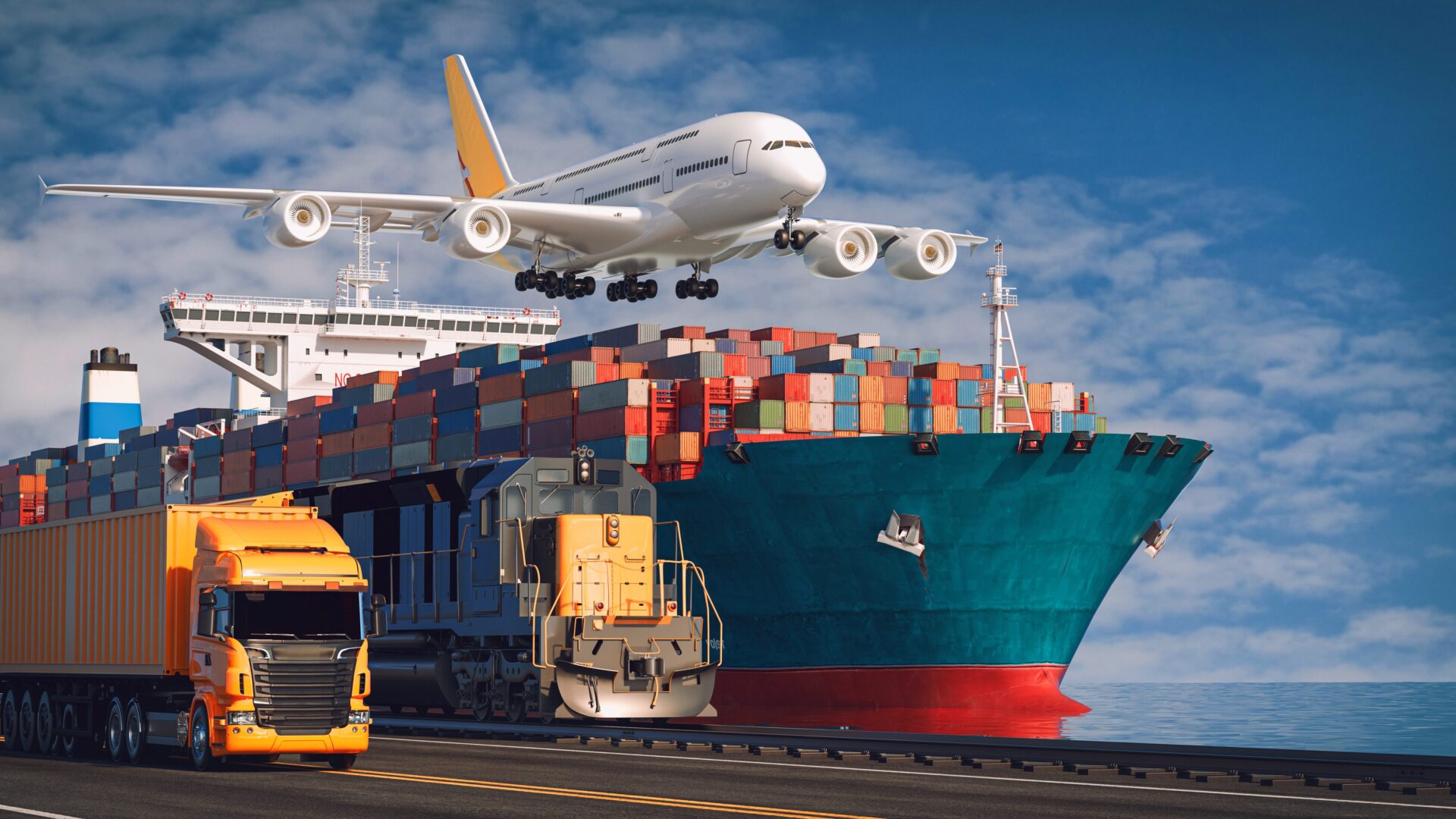If you are looking for a way to ship goods from China to Germany, you might be overwhelmed by the complexity and variety of options available. Cargo shipping is a process that involves many steps, players, and factors that can affect the cost, speed, and reliability of your shipment. In this article, we will explain the basics of cargo shipping from China to Germany, and provide some tips and advice on how to choose the best shipping method for your needs.
Understanding the supply chain

The supply chain is the network of activities and entities that are involved in moving goods from the point of origin to the point of consumption. The supply chain for cargo shipping from China to Germany typically consists of the following stages:
- Sourcing: This is where you find and purchase the goods you want to ship from China. You might source the goods from a manufacturer, a supplier, a wholesaler, or an online platform. You need to ensure that the goods meet the quality, quantity, and specifications that you require, and that they comply with the regulations and standards of both China and Germany.
- Preparation: This is where you prepare the goods for shipping, such as packing, labeling, weighing, measuring, and inspecting them. You also need to prepare the necessary documents, such as the commercial invoice, the packing list, the certificate of origin, and the bill of lading. You might need to hire a freight forwarder or a customs broker to help you with this stage, as they have the expertise and experience in handling the paperwork and procedures for cargo shipping.
- Transportation: This is where you move the goods from the point of origin to the point of destination, using one or more modes of transportation, such as air, sea, rail, or road. You need to choose the best shipping method for your needs, based on factors such as the cost, the speed, the reliability, the capacity, and the environmental impact of each mode. You also need to consider the transit time, the routing, the frequency, and the availability of each mode. You might need to work with a carrier, a shipping line, a freight forwarder, or a logistics company to arrange the transportation of your goods.
- Clearance: This is where you clear the goods through the customs authorities of both China and Germany, and pay the applicable duties, taxes, and fees. You need to ensure that you have the correct and complete documents, such as the customs declaration, the commercial invoice, the certificate of origin, and the bill of lading. You also need to comply with the rules and regulations of both countries, such as the import and export restrictions, the product standards, the safety and security measures, and the trade agreements. You might need to hire a customs broker or a freight forwarder to help you with this stage, as they have the knowledge and connections to facilitate the clearance of your goods.
- Delivery: This is where you receive the goods at the point of destination, and check their condition, quantity, and quality. You also need to sign the proof of delivery, and settle any outstanding payments or claims with the parties involved in the shipping process. You might need to hire a local courier, a trucking company, or a warehouse to help you with this stage, as they have the resources and capabilities to deliver the goods to your door or to your customer.
Key players in the cargo shipping process

As you can see, cargo shipping from China to Germany is a complex and collaborative process that involves many players, each with their own roles and responsibilities. Here are some of the key players that you might encounter or work with in the cargo shipping process:
cargo to germany from china
- Shipper: This is you, the person or entity that wants to ship goods from China to Germany. You are responsible for sourcing, preparing, and paying for the goods, as well as choosing the best shipping method and provider for your needs. You also need to comply with the laws and regulations of both countries, and communicate with the other players in the process.
- Consignee: This is the person or entity that receives the goods at the point of destination. This might be you, your customer, or your partner. The consignee is responsible for accepting, inspecting, and signing for the goods, as well as paying for any duties, taxes, or fees that are due upon arrival. The consignee also needs to comply with the laws and regulations of the destination country, and communicate with the other players in the process.
- Freight forwarder: This is a company that acts as an intermediary between the shipper and the carrier, and provides a range of services, such as booking, consolidating, tracking, and managing the transportation of the goods. A freight forwarder can also help with the preparation and clearance of the documents, as well as the handling of the customs and logistics issues. A freight forwarder can offer you access to a network of carriers, shipping lines, and logistics providers, and help you find the best rates and solutions for your shipping needs.
- Carrier: This is a company that provides the actual transportation of the goods, using one or more modes of transportation, such as air, sea, rail, or road. A carrier can be a direct carrier, such as an airline, a shipping line, or a trucking company, or a non-vessel operating common carrier (NVOCC), which is a company that does not own or operate the transportation vehicles, but acts as a carrier by issuing its own bill of lading and contracting with other carriers. A carrier is responsible for moving the goods safely and efficiently from the point of origin to the point of destination, and providing the shipper and the consignee with the tracking and status information of the shipment.
- Customs broker: This is a company that specializes in clearing the goods through the customs authorities of both the origin and the destination countries. A customs broker can help you with the classification, valuation, and declaration of the goods, as well as the payment of the duties, taxes, and fees. A customs broker can also advise you on the rules and regulations of both countries, and help you avoid any delays, penalties, or confiscations of your goods.
- Logistics provider: This is a company that offers a variety of services related to the storage, distribution, and delivery of the goods, such as warehousing, inventory management, order fulfillment, packaging, labeling, and last-mile delivery. A logistics provider can help you optimize your supply chain, reduce your costs, and improve your customer satisfaction.
Types of cargo shipping methods

There are four main types of cargo shipping methods that you can use to ship goods from China to Germany: air, sea, rail, and road. Each method has its own advantages and disadvantages, and you need to weigh them carefully before making your decision. Here is a brief overview of each method:
- Air: This is the fastest and most reliable way to ship goods from China to Germany, as it can take as little as 2 to 5 days to deliver your goods. However, air shipping is also the most expensive and the most limited way, as it has high costs per kilogram and low capacity per shipment. Air shipping is best suited for small, light, urgent, or high-value goods, such as electronics, pharmaceuticals, or fashion items.
- Sea: This is the cheapest and most flexible way to ship goods from China to Germany, as it has low costs per kilogram and high capacity per shipment. However, sea shipping is also the slowest and the most unpredictable way, as it can take as long as 30 to 45 days to deliver your goods, depending on the routing, the weather, and the congestion. Sea shipping is best suited for large, heavy, non-urgent, or low-value goods, such as furniture, machinery, or raw materials.
- Rail: This is a relatively new and emerging way to ship goods from China to Germany, as it is part of the Belt and Road Initiative, a global infrastructure project that aims to connect China with Europe and other regions by land and sea.





